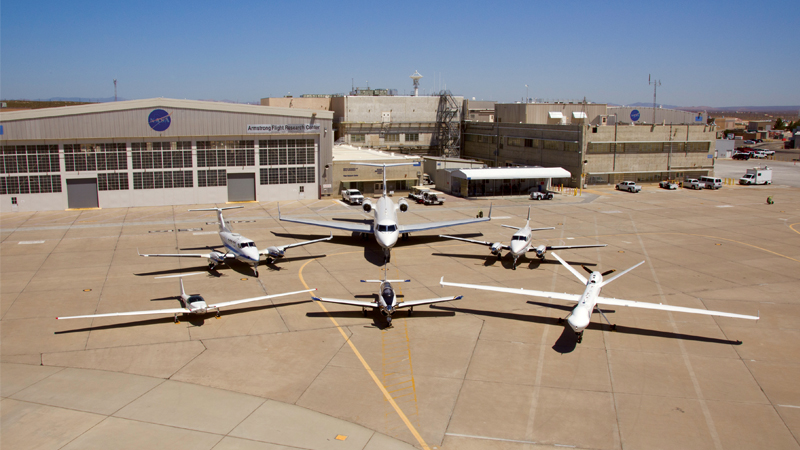Stay Up to Date
Submit your email address to receive the latest industry and Aerospace America news.
The Air Transportation Systems Technical Committee fosters improvements to transport systems and studies the impacts of new aerospace technologies.
The global airline industry continued to grow in 2016, with profits projected to increase from $35.3 billion in 2015 to $39.4 billion in 2016, according to the International Air Transport Association. Leading the charge is North America, where profits are expected to be $22.9 billion in 2016, with a 10.8 percent net post-tax profit margin that exceeds the peaks of the late 1990s. Key factors driving this strong performance include lower fuel prices, higher load factors of passengers and cargo due to consolidation of commercial airlines and rising revenue from ancillary sources, such as baggage fees.
In the United States, the FAA achieved significant milestones for the Next Generation Air Transportation System, or NextGen. The En Route Automation Modernization, or ERAM, system, completed in March 2015, facilitates many NextGen capabilities that will increase airspace capacity through more accurate tracking of aircraft using satellite-based technology (Automatic Dependent Surveillance-Broadcast) and improve flight efficiency through more direct routes and more precise weather avoidance while continuing to ensure safety. ERAM also enables Data Communications, or Data Comm, services that allow pilots and air traffic controllers to exchange flight instructions, requests and reports using digital text-based messages. Besides preventing the “talk back, read back” errors that can occur by voice, Data Comm will expedite communications, resulting in estimated delay reductions of 6 to 12 minutes and estimated fuel savings of about 100 gallons of fuel per flight on average. Data Comm is on track to be deployed in 56 of the nation’s major airports by the end of 2016 — 2½ years ahead of schedule.
The FAA also made significant steps toward enabling routine unmanned aircraft operations in U.S. skies. The administration released draft rules for small unmanned aircraft systems, or UAS (less than 55 pounds, or about 25 kilograms), in 2015 to great interest throughout industry, government and academia. Following a comment and review period, the FAA finalized the first operational rules for routine commercial use of small UAS in June 2016. Those rules went into effect at the end of August. The proposed regulations would allow operators to fly small UAS during daylight hours, within visual line of sight, at speeds no greater than 100 mph (about 162 kph) and at altitudes no higher than 400 feet. Prospective operators who wish to obtain the required pilot airman certificate with a small UAS rating must be at least 16 years old, pass a Transportation Security Administration background check and demonstrate aeronautical knowledge through testing or flight review. The FAA estimates that 600,000 small UAS will be used commercially within the next year.
In a separate effort, a group of government, industry and academic institutions is working under RTCA to develop minimum operational performance standards for larger UAS. A preliminary document for detect-and-avoid, or DAA, systems was released in 2015 with the final version on track to be completed by December 2016. DAA systems enable UAS to satisfy federal aviation regulations to remain “well clear” of other aircraft. Between April and June, NASA, the FAA and industry partners Honeywell and General Atomics Aeronautical Systems performed flight tests at NASA’s Armstrong Flight Research Center in Southern California to validate the minimum operational performance standards. Over 260 encounters between NASA’s Ikhana unmanned aircraft system and a wide range of manned aircraft types and capabilities were flown. The flight tests demonstrated that NASA’s representative DAA algorithms were able to provide the precise alerts and guidance necessary for the UAS pilot to maintain safe separation from other aircraft. ★
Stay Up to Date
Submit your email address to receive the latest industry and Aerospace America news.




